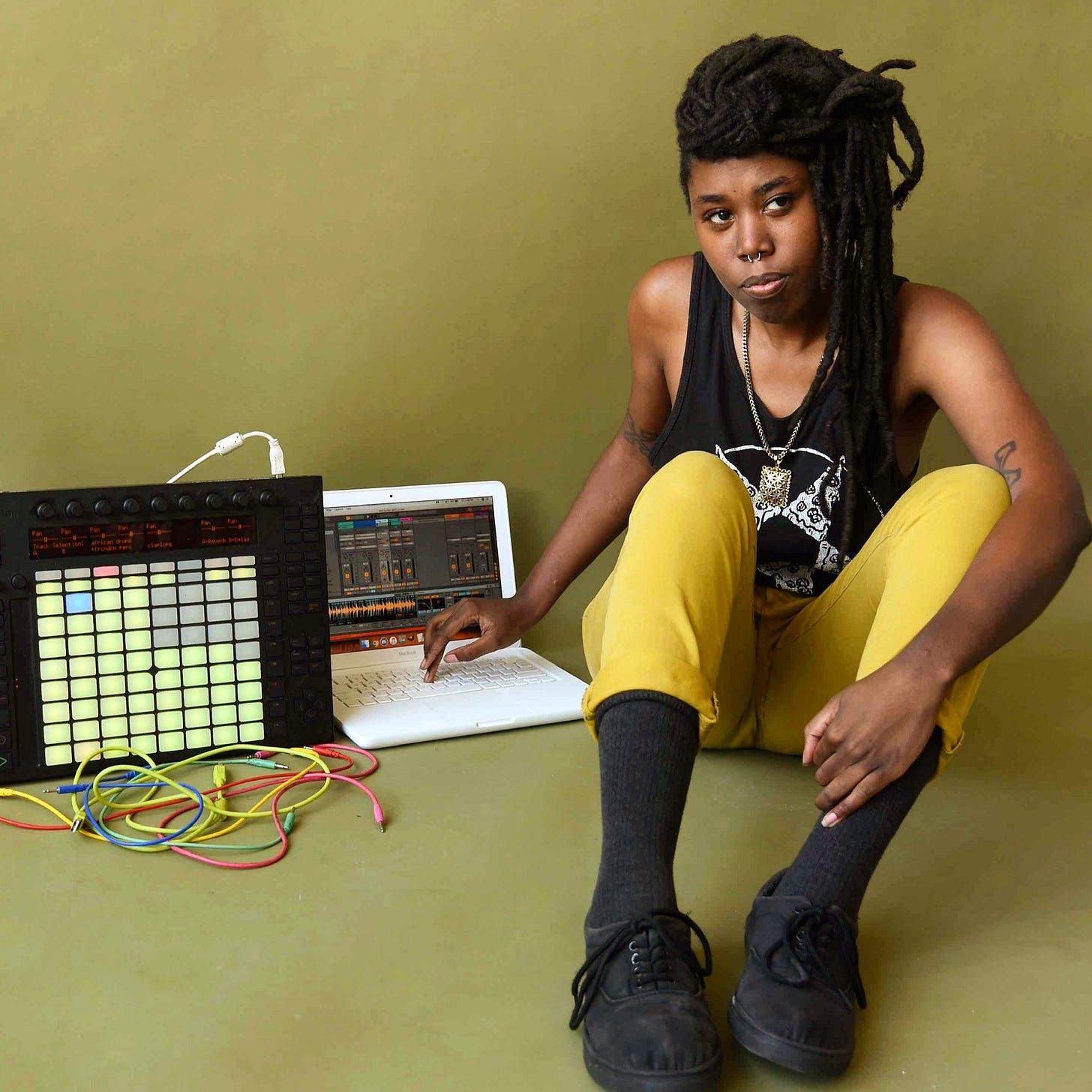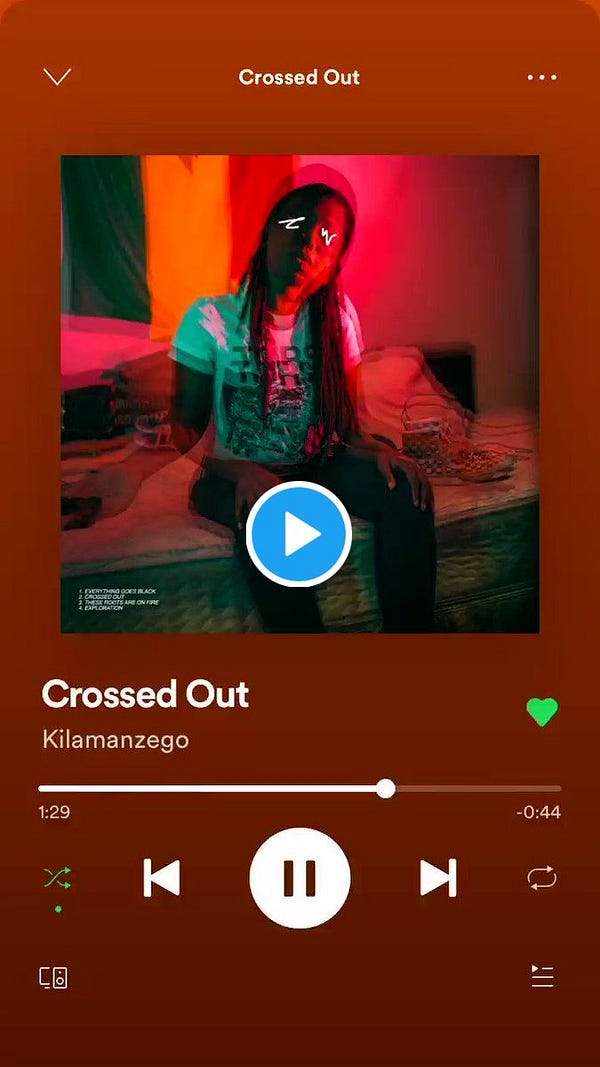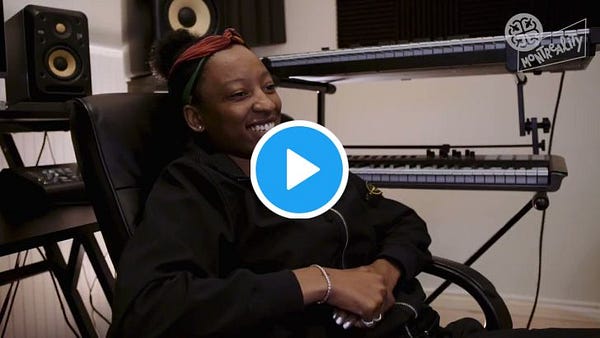5 Beat Breakdowns
A look at the exceptional creativity and inventive techniques behind instrumentals from Suzi Analogue, Jean Grae, Kilamanzego, OBUXUM, and WondaGurl.

Philadelphia’s Kilamanzego is proving to be a major force in the world of future bass. After several successful singles and compilation appearances, her debut These Roots Are On Fire EP is making serious noise on Bandcamp. To compose songs for the EP, she focused on infusing each instrumental with a complex range of emotions. “These Roots Are On Fire is my anxiety and neuroticism in musical form, but in a more cohesive and focused way,” she told John Morrison in a 2020 Bandcamp Daily writeup. “The track titles are a chronological reference to my life.”


The love that was given to each individual instrumental on this five-track EP truly shines through, though the meticulously constructed, surreal “Crossed Out” is especially noteworthy. In addition to serving at the lead single for These Roots Are On Fire, this composition has the unique distinction as Kilamanzego’s first creation to feature her own voice. Given how meaningful “Crossed Out” is, she decided to give her fans a peak behind the curtain and show them a bit of what went into making it with Ableton.


Miami-based DJ, producer, and vocalist Suzi Analogue is also well-versed in the art of using Ableton to create music that connects on a deeper level. While working on her 2017 album ZONEZ V.3, the hypnotic track “Tightrr” began when she played an extended synth line into the program. Once she nailed the synth sound, Suzi sampled and re-sampled it before micro-chopping the sample into tiny pieces. After adding drums that perfectly fit tenor of the music, she felt inspired to sing to the beat.
In a 2018 Ableton interview Suzi described how the track seemed to take on a life of its own while pushing her to add layer after layer of texture. In the end, putting all the right sounds together was an emotional journey that ultimately translates to the listener through her music. “It's meant to hug you, encapsulate you, and then let you go and start up again,” she told Ableton.
Veteran New York MC and producer Jean Grae’s production process started three decades with a “terrible Gemini mixer with ABCD loop buttons.” From there Grae spent some time on the famed E-mu SP-1200 before making her way to an Ensoniq EPS 16+, a move that proved to be a game changer for her career. During the late ‘90s Grae was often in deep concentration at Makin' Records headquarters perfecting her beatmaking skills with the vintage keyboard sampler.

This tireless dedication led to a string of production credits as Run Run Shaw, including late Brooklyn rapper Pumpkinhead’s upbeat, horn-heavy “Dynamic” and the excellent posse cut remix. Grae’s skills on the EPS 16+ are on full display here, as her reversals and alterations of sample speeds throughout “Dynamic” give the instrumental an irresistibly tripply feel that perfectly compliments Pumpkinhead’s unique voice. The way she completely reimagines the same sample on the remix with a killer filtered bassline is simply outstanding.


Just as Jean Grae did on “Dynamic,” Toronto’s OBUXUM also found reversals to be a helpful work-around for tricky samples. Used extensively during the making of her 2015 release Luul, she first experimented with backwards samples after a string of fully constructed beats weren’t quite up to her standards—even when the individual sample chops sounded promising. OBUXUM discovered that playing the samples in reverse created a whole new world of textures that she could work into her production.

On Luul selections like “ABAYO, DANCE.” the backwards sample elevates the energy off the music while keeping the listeners on their toes. Though OBUXUM doesn’t need sample reversals to help her with creative breakthroughs anymore, she still enjoys using them for the emotional impact it has on listeners. “I found out that if I reversed a particular melody it would have a cool rhythm that I never expected,” she told me in a 2017 Micro-Chop interview. “But also, it also throws people off because they don’t really expect me to create a mood that’s so kind of in your face—everything switches up out of nowhere.”
Fellow Toronto producer WondaGurl spent seven years honing her skills before the first major turning point of her career. Her big breakthrough came at age 16 when she felt inspired to make a reggae-influenced beat after hearing “Blocka” by Pusha T featuring Popcaan and Travis Scott. After conducting an online sample search she found Sizzla’s “Solid as a Rock” and decided to break it down into something epic. “I cut it up and put it in the software FL Studio and I started building around it, adding 808s,” told Rob Markman in a 2013 MTV News interview. “The more I built, the more I knew what I wanted."


Once the track was complete WondaGurl sent it to collaborator and friend Travis Scott. Scott, who was in the studio with Jay-Z at the time working on Magna Carta Holy Grail, eventually passed the instrumental along and it ended up turning into “Crown.” Upon landing one of her dream placements, WondaGurl hoped her experience would inspire other women and show them the value of effort and persistence. “You can do anything that you want,” she said in a 2013 CBC News interview. “Not even in music. Anything that is male-dominated, you can do it. Just try.”
Thanks for reading, see you on Wednesday!



